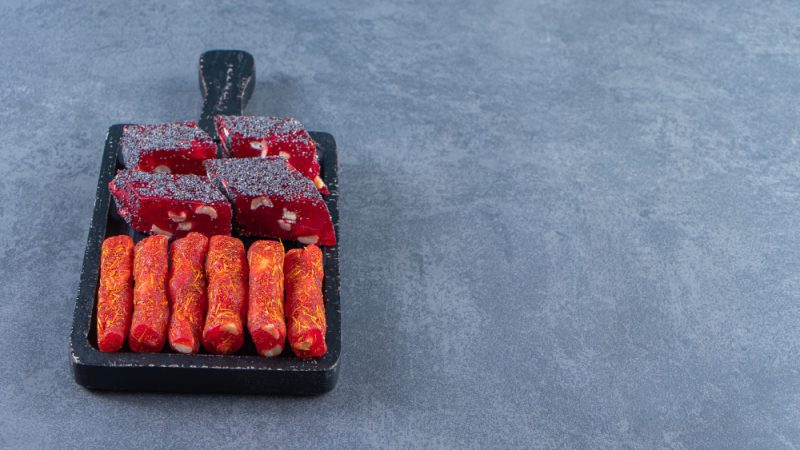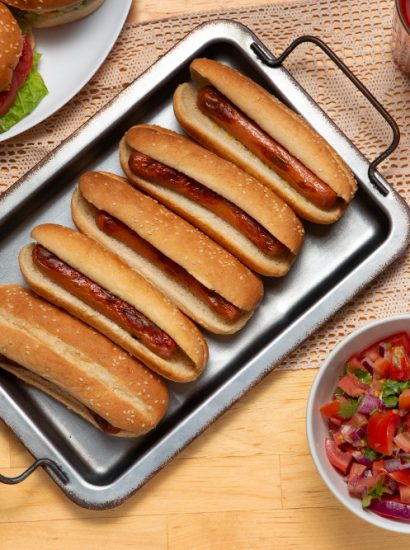Beef jerky is one of the most popular high-protein snacks around. It’s convenient, tasty, and perfect for everything from road trips to gym sessions. But anyone who loves jerky knows one thing — it can get expensive fast. Premium jerky brands often come with premium price tags, leaving many snack lovers wondering if affordable options can still deliver on taste and quality.
The good news is that cheap jerky doesn’t have to mean bad jerky. With the right approach, you can find flavorful, tender, and nutritious beef jerky without overspending. In this guide, we’ll show you how to find high-quality jerky on a budget, what to look for on the label, and even how to make your own at home.
Why Beef Jerky Prices Are So High
Before hunting for cheap jerky, it helps to understand why it’s often expensive. Beef jerky is made from lean cuts of beef that lose a large portion of their weight during drying. For example, a pound of raw beef can yield only a few ounces of jerky after dehydration.
This process, combined with marinating, flavoring, and packaging costs, makes jerky pricier than many other snacks. However, high prices don’t always mean better quality. Many affordable brands and homemade recipes offer similar taste and texture for a fraction of the cost.
What Defines Quality in Beef Jerky
Good jerky should strike a balance between tenderness, flavor, and nutrition. When searching for affordable options, focus on these key signs of quality:
- Texture: Quality jerky should be chewy but not tough. It should tear easily and feel natural, not rubbery.
- Flavor: A good jerky has a balanced taste of beef with seasoning that complements it, not overwhelms it.
- Ingredients: Look for simple ingredient lists with minimal additives or preservatives.
- Protein Content: High-quality jerky should provide at least 9 to 12 grams of protein per serving.
Remember, the best cheap jerky isn’t always about the brand name — it’s about the ingredients and process used to make it.
How to Read Jerky Labels Like a Pro
When comparing jerky brands, the label tells you everything you need to know about quality and value. Look for these key details:
- First ingredient: Should always be beef, not fillers or soy protein.
- Sugar and sodium content: Cheaper jerky often uses excess sugar and salt to mask low-quality meat.
- Additives: Avoid jerky with artificial flavorings, MSG, or high-fructose corn syrup.
- Serving size vs price: Calculate cost per ounce to compare true value.
A simple, clean label usually means the jerky was made with care — and that often tastes better even when it’s affordable.
Affordable Jerky Brands Worth Trying
Several brands offer delicious jerky without the high price tag. While the market changes frequently, many budget-friendly options stand out for their quality and flavor.
Look for brands available in bulk packages, online deals, or store brands that maintain quality standards. Often, smaller or regional jerky companies use local meat sources and traditional recipes at lower prices than national brands.
Buying from warehouse stores or online retailers that offer multipacks can also help you save money while still enjoying top-tier jerky flavor.
The Benefits of Buying Jerky in Bulk
Buying jerky in bulk is one of the easiest ways to save money. Many brands offer discounted pricing for large quantities, especially online. Bulk purchases are perfect for families, hikers, or anyone who eats jerky regularly.
When buying in bulk, consider:
- Storage: Keep jerky sealed in airtight bags to maintain freshness.
- Variety packs: Many retailers offer assorted flavors at lower prices.
- Subscription services: Monthly jerky boxes often provide discounts and introduce you to new, affordable brands.
By buying in bulk, you get more jerky for less money while ensuring you always have a high-protein snack on hand.
How to Make Cheap Jerky at Home
Making beef jerky at home is the ultimate budget-friendly option. It’s simple, cost-effective, and allows you to control ingredients and flavor.
Here’s how you can do it:
- Choose a lean cut of beef such as round or flank steak.
- Trim off fat and slice thinly against the grain.
- Marinate the slices in your favorite seasoning mix for several hours.
- Dry the meat in a dehydrator or oven at low heat for about 4 to 6 hours.
Homemade jerky can cost less than half the price of store-bought versions and tastes just as good, if not better. Plus, you can experiment with your own marinades — from sweet teriyaki to smoky pepper.
Store Brands and Generic Jerky Options
Don’t overlook store brands when searching for cheap jerky. Many grocery chains produce their own jerky under private labels, often using the same manufacturers as popular brands but selling at lower prices.
While some may have simpler flavor selections, these store brands can be surprisingly good. Always check the ingredient list and nutritional information to ensure you’re still getting a wholesome product. Trying different stores or local markets can lead you to hidden jerky gems that taste premium at half the cost.
Jerky Subscription Boxes for Budget Shoppers
Subscription boxes aren’t just for luxury snacks. Many affordable jerky subscription services cater to budget-conscious buyers. They deliver a variety of brands and flavors to your door each month, often at a lower price than buying individually.
Look for companies that offer trial packs or flexible plans. This way, you can test different types of jerky and discover which ones offer the best value for your taste. Subscription boxes also help you avoid impulse buys at convenience stores, which tend to be much more expensive per ounce.
Storage and Shelf Life Tips for Cheap Jerky
Proper storage is essential to preserve flavor and texture, especially when buying in bulk or making jerky at home. Keep jerky in an airtight container or vacuum-sealed bag, stored in a cool, dry place. Once opened, consume it within a week for the best taste.
If you make your own jerky, refrigerate it or freeze it for long-term storage. Homemade jerky typically lasts up to three months in the freezer. Always check for any change in smell or texture before eating, as moisture exposure can cause spoilage.
Health Benefits of Jerky and Why It’s Worth Buying Smart
Jerky isn’t just tasty — it’s one of the most convenient and nutrient-rich snacks you can find. It’s high in protein, low in carbs, and portable, making it ideal for travelers, athletes, and anyone on the go.
Affordable jerky can provide the same benefits as high-end brands if chosen wisely. Look for low-sodium, low-sugar varieties made from real beef with natural seasonings. A few smart shopping habits can help you enjoy these benefits without spending too much.
By learning how to recognize quality, compare prices, and care for your jerky, you’ll always have a healthy snack ready without breaking your budget.
Conclusion
Beef jerky may be known as a premium snack, but it doesn’t have to carry a premium price. With a little knowledge and creativity, anyone can find cheap jerky that still delivers rich flavor, tender texture, and solid nutrition.
From reading labels carefully to buying in bulk or even making your own, there are plenty of ways to save money while enjoying this protein-packed treat. Cheap jerky isn’t about cutting corners — it’s about shopping smarter and getting the most out of every bite.
So the next time you crave jerky, skip the overpriced brands and try these budget-friendly options. Your wallet and your taste buds will both thank you.
FAQs
1. Is cheap jerky as healthy as expensive brands?
Yes, if you choose wisely. Many affordable jerky options use the same high-quality meat as expensive brands. Always read the label to ensure it’s low in sugar and preservatives.
2. Can I store jerky for a long time?
Unopened jerky can last several months when stored in a cool, dry place. Once opened, it should be eaten within a week or refrigerated to maintain freshness.
3. What’s the cheapest way to get good beef jerky?
Buying in bulk, using subscription services, or making jerky at home are the best ways to save money without sacrificing quality.
4. What type of beef is best for homemade jerky?
Lean cuts like round steak, top sirloin, or flank steak are ideal. They dry evenly and produce tender, flavorful jerky.
5. Is it safe to make jerky at home?
Yes, as long as you follow food safety guidelines. Use clean utensils, marinate properly, and dehydrate the beef thoroughly to avoid bacteria growth.
Also read: Pillowcase Down Maintenance: How to Keep Your Pillows Fresh and Fluffy









